

Dahshur pyramids
Dahshur is an ancient Egyptian pyramid complex and necropolis located about 25 kilometers south of Cairo, on the west bank of the Nile River.
Dahshur pyramids
Dahshur is an ancient Egyptian pyramid complex and necropolis located about 25 kilometers south of Cairo, on the west bank of the Nile River. It is one of the oldest and most important pyramid sites in Egypt and is home to some of the most iconic and enigmatic pyramids ever built. The pyramids of Dahshur were built during the 4th and 12th dynasties of ancient Egypt, and they represent some of the earliest and most innovative examples of pyramid construction. The most famous pyramids of Dahshur are the The Bent Pyramid, constructed by Pharaoh Sneferu during the Old Kingdom, is an ancient Egyptian pyramid situated in the royal necropolis of Dahshur. Bent Pyramid and the The Red Pyramid, also called the North Pyramid, is the largest of the pyramids located at the Dahshur necropolis in Cairo, Egypt. Red Pyramid , both of which were built by King Sneferu, the father of Khufu, the builder of the Great Pyramid of Giza.

Sneferu
Sneferu also read Snefru or Snofru "He has perfected me", well known under his Hellenized name Soris was the founding pharaoh of the Fourth Dynasty of ancient Egypt, which is considered to be the golden age of the Old Kingdom. He ruled from around 2613 to 2589 BC, and he is best known for his ambitious pyramid-building projects. He built at least three pyramids that survive to this day and introduced major innovations in the design and construction of pyramids. Sneferu was succeeded by his son Khufu, the builder of the Great Pyramid of Giza. Sneferu's legacy is one of innovation and achievement, and he is considered to be one of the greatest pharaohs of the Old Kingdom.

Bent pyramid
Sneferu built three major pyramids, all of which are located at Dahshur, a necropolis about 25 kilometers south of Cairo. The most famous of these pyramids is the The Bent Pyramid, constructed by Pharaoh Sneferu during the Old Kingdom, is an ancient Egyptian pyramid situated in the royal necropolis of Dahshur. Bent Pyramid , which is so named because its slope changes angle about halfway up. The reason for this change in angle is still a mystery, but it is thought to have been due to structural problems that occurred during construction. Despite its unconventional appearance, the The Bent Pyramid, constructed by Pharaoh Sneferu during the Old Kingdom, is an ancient Egyptian pyramid situated in the royal necropolis of Dahshur. Bent Pyramid is a remarkable engineering feat, and it stands as a testament to the skill and ingenuity of the ancient Egyptians. Archaeologists now believe that the The Bent Pyramid, constructed by Pharaoh Sneferu during the Old Kingdom, is an ancient Egyptian pyramid situated in the royal necropolis of Dahshur. Bent Pyramid represents a transitional form between step-sided and smooth-sided pyramids. It has been suggested that due to the steepness of the original angle of inclination the structure may have begun to show signs of instability during construction, forcing the builders to adopt a shallower angle to avert the structure's collapse. This theory appears to be borne out by the fact that the adjacent The Red Pyramid, also called the North Pyramid, is the largest of the pyramids located at the Dahshur necropolis in Cairo, Egypt. Red Pyramid , built immediately afterwards by the same pharaoh, was constructed at an angle of 43 degrees from its base. This fact also contradicts the theory that at the initial angle the construction would take too long because Sneferu's death was nearing, so the builders changed the angle to complete the construction in time.

Curved pyramid
Construction Phases:
- First construction phase:
In the first construction phase, a steep pyramid with a base length of 157 meters and an inclination angle of about 58 degrees was planned. If the pyramid had been completed in this way, it would have reached a height of about 125 m. The pyramid was erected in this shape using the inclined layer technique that has been tried and tested in step pyramids. While this technique improved the stability of the stepped pyramids, as the infrastructure was at the bottom of the pyramid, it led to major problems with this pyramid, as the tilted positions increased the pressure on the inside of the pyramid, in the rooms, and in the body of the pyramid, the corridors, which led to stability problems, cracks, and even the risk of collapse. - Second construction phase:
To improve stability, the builders reduced the tilt angle to 54 degrees. For this purpose, a 15.70 m wide belt was built around the pyramid of the first construction phase. This increased the length of the base to 188 m. Here too, diagonal wall layers were used again. - Third construction phase:
In the third construction phase, the angle was reduced to 43 degrees and the construction was placed in horizontal layers, just as in the The Red Pyramid, also called the North Pyramid, is the largest of the pyramids located at the Dahshur necropolis in Cairo, Egypt. Red Pyramid , which relieved the pressure inside.
- The internal structure:
The internal structure of the The Bent Pyramid, constructed by Pharaoh Sneferu during the Old Kingdom, is an ancient Egyptian pyramid situated in the royal necropolis of Dahshur. Bent Pyramid is as innovative as the pyramid itself. Unlike any other pyramid, there are two internal structures: with entrances in the North and West sides. From the north, a passage descends down to an antechamber. In order to deal with the downward pressure of the pyramid on this chamber, its roof was made of different courses, with each course projecting more inwards than the course below. This technique, known as corbelling, was also used for the pyramid at Meidum. The burial chamber, also with a corbelled roof, is located above the antechamber. The second entrance, in the West face of the pyramid, lead down via a descending passage to a horizontal corridor which was intended to be blocked by some portcullis slabs. The second burial chamber, behind these portcullises, also has a corbelled roof. It is at a higher level than the first burial chamber. Scaffoldings of cedar beams were intended to give the room some additional support. After they were completed, the two burial chambers were connected by a passage that was cut out through the existing masonry. It is not known why Sneferu wanted to have two burial chambers in this pyramid, but perhaps this too can be explained by the clear experimental nature of this monument.
The elements of the hierarchical group are:
1- Valley Temple
The oldest valley temples that have been uncovered so far. The temple takes the rectangular shape extending from north to south. It is flanked by an adobe wall with a gate in the middle of its eastern wall, preceded by an ascending road that descends to the port, which has not yet been found. The entrance to the temple is located in the middle of the south façade leading to a long foyer carved with views of the representatives of the lost. There are four stores to the right and left of the entrance lobby. The entrance leads to an open courtyard that in the northern part has the characteristic of ten-columns in two rows. The walls of the shed are engraved. The columns are inscribed with scenes of King Sneferu with the gods, performing dam rites and visiting the city of Bhutto, and in the north wall there are six gazebos for statues. The remains of three life-size statues or more were found there. The temple was destroyed and used as a quarry.
2- Causeway
A causeway leads from the The Bent Pyramid, constructed by Pharaoh Sneferu during the Old Kingdom, is an ancient Egyptian pyramid situated in the royal necropolis of Dahshur. Bent Pyramid s' northeast toward the pyramid with the valley temple. The causeway was paved with limestone blocks and had a low limestone wall on each side. In fact, there may have been a second causeway that lead down to a dock or landing stage, but there is no excavation that can prove this assumption yet.
3- Funerary temple
On the east side of the pyramid there are the fragmentary remains of the pyramid temple. Like the pyramid temple of the Meidum pyramid, there are two stelae behind the temple, though of these only stumps remain. There is no trace of inscription to be seen. The temple remains are fragmentary, but it is presumed to be similar to that of the Meidum temple.
4- Satellite pyramid ( Lateral pyramid)
A satellite pyramid, suggested by some Egyptologists to have been built to house the pharaoh's ka, is located 55 metres (180 ft) south of the The Bent Pyramid, constructed by Pharaoh Sneferu during the Old Kingdom, is an ancient Egyptian pyramid situated in the royal necropolis of Dahshur. Bent Pyramid .

The Red Pyramid
The The Red Pyramid, also called the North Pyramid, is the largest of the pyramids located at the Dahshur necropolis in Cairo, Egypt. Red Pyramid , also called the North Pyramid, is the largest of the pyramids located at the Dahshur necropolis in Cairo, Egypt. Named for the rusty reddish hue of its red limestone stones, it is also the third largest Egyptian pyramid, after those of Khufu and Khafre at Giza. It is also believed to be Egypt's first successful attempt at constructing a "true" smooth-sided pyramid. Local residents refer to the The Red Pyramid, also called the North Pyramid, is the largest of the pyramids located at the Dahshur necropolis in Cairo, Egypt. Red Pyramid as (el-heram el-watwaat), meaning the Bat Pyramid. The The Red Pyramid, also called the North Pyramid, is the largest of the pyramids located at the Dahshur necropolis in Cairo, Egypt. Red Pyramid was not always red. It used to be cased with white Tura limestone, but only a few of these stones now remain at the pyramid's base, at the corner. During the Middle Ages much of the white Tura limestone was taken for buildings in Cairo, revealing the red limestone beneath. The The Red Pyramid, also called the North Pyramid, is the largest of the pyramids located at the Dahshur necropolis in Cairo, Egypt. Red Pyramid was built by the Pharaoh Sneferu, who reigned from 2613 to 2589 BC. Construction is believed to have begun in the thirtieth year of Sneferu's reign (c. 2590 BCE). Egyptologists disagree on the length of time it took to construct, with estimates ranging from 10 to 20 years. The The Red Pyramid, also called the North Pyramid, is the largest of the pyramids located at the Dahshur necropolis in Cairo, Egypt. Red Pyramid is 104 meters tall and has a base side length of 230 meters. It is made of limestone and granite, and its original casing of white limestone has been eroded away over time.

Red Pyramid
- We don't know whether the Valley Temple and the Causeway to the northern pyramid were built or not, as they have not been found yet.
The elements of the hierarchical group are:
1- Funerary temple:
The funerary temple was built to the east of the pyramid and included an false door made of granite and a group of storerooms. Currently, there is the pyramidion that once topped the pyramid, which was made of limestone and placed on a newly constructed base.
2-The workshop:
Northeast of the funerary temple is a workshop containing stone blocks.
The
The Red Pyramid, also called the North Pyramid, is the largest of the pyramids located at the Dahshur necropolis in Cairo, Egypt. Red Pyramid
is open to the public and can be entered through an entrance on the north side. The passage leads to a series of chambers, including the burial chamber, which is located at the heart of the pyramid. The burial chamber is empty, and it is not known where Sneferu was actually buried.

Dahshur pyramids Entrance Fees
- How much is entry to Dahshur is an ancient Egyptian pyramid complex and necropolis located about 25 kilometers south of Cairo, on the west bank of the Nile River. Dahshur pyramids ?
-For Egyption\Arab:
Adult: EGP 10
Student: EGP 5
-For Other Nationalty:
Adult: EGP 100
Student: EGP 50
- Opening Hours ?
-All Days: Working Hours: from 08:00 am to 05:00 pm
- Free entry Policy
-Free entry for children below 6 years.
-Free entry for Egyptians & Arabs with special needs.
-Free entry for Egyptians and Arabs above 60 years.
-Photography with mobile phone is free of charge.

Post A Comment
Your Email Address Will Not Be Published.
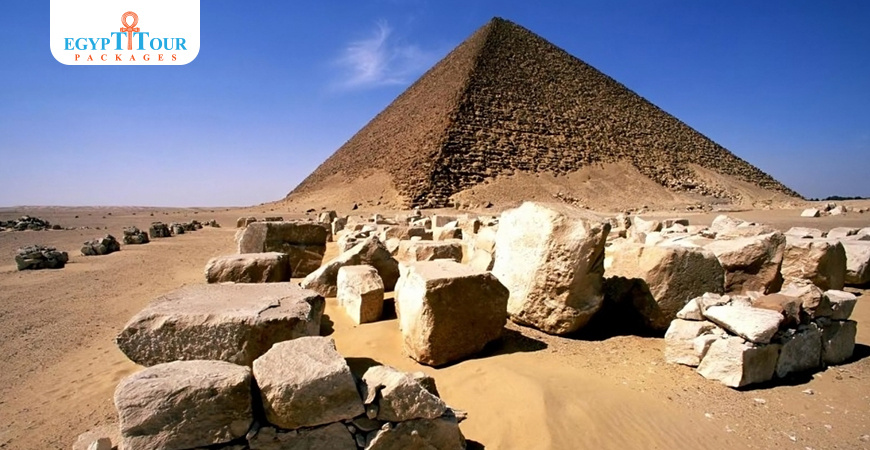


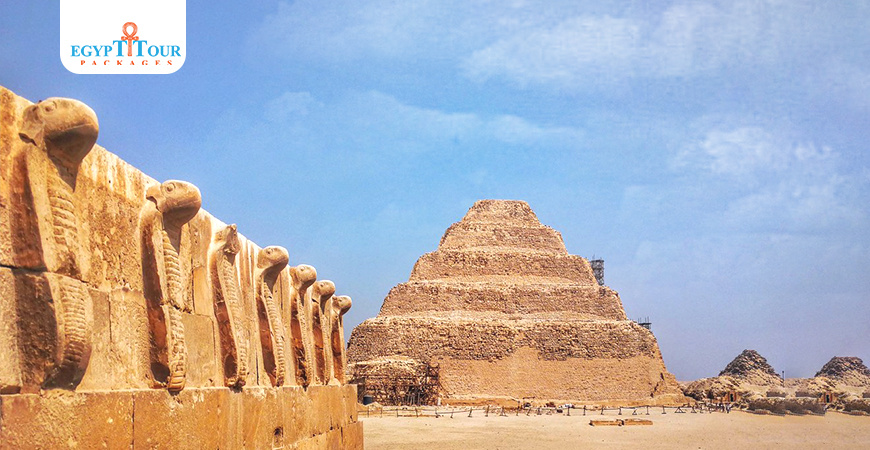







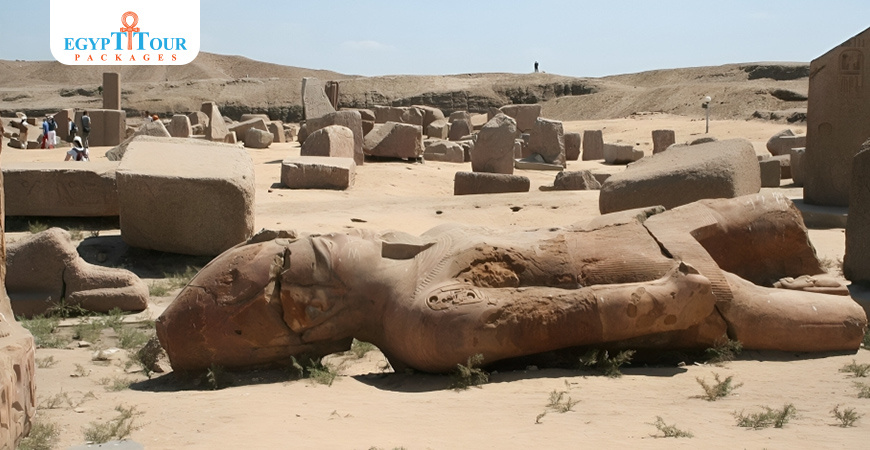


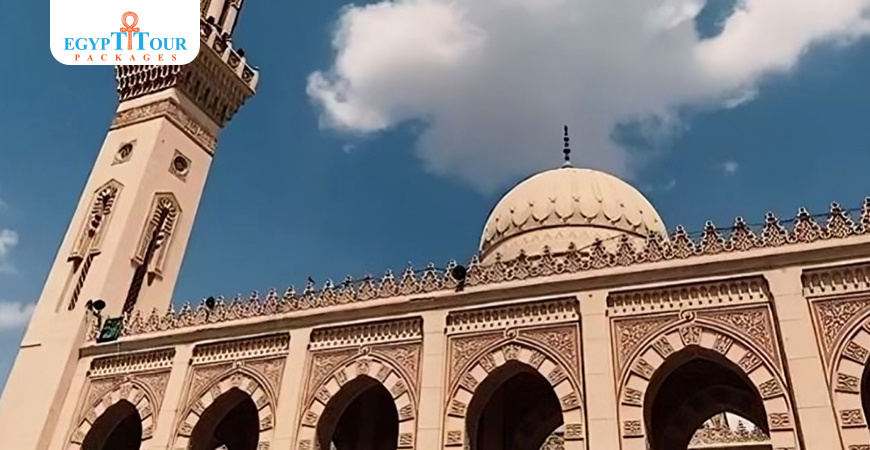


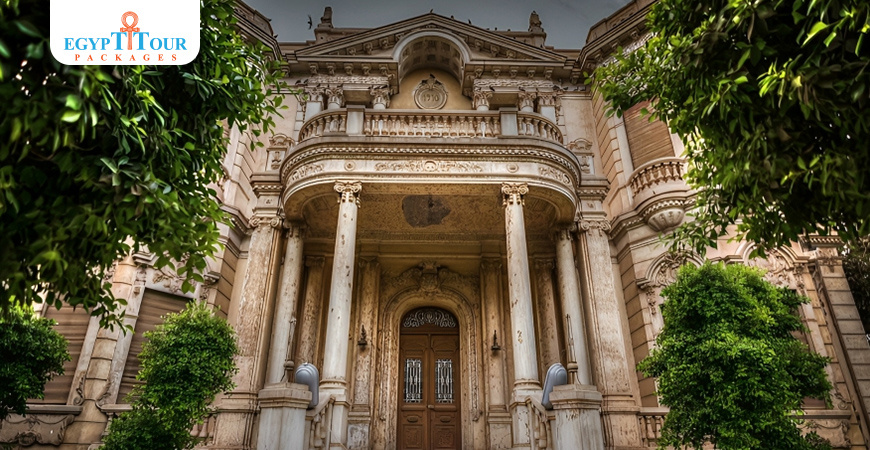
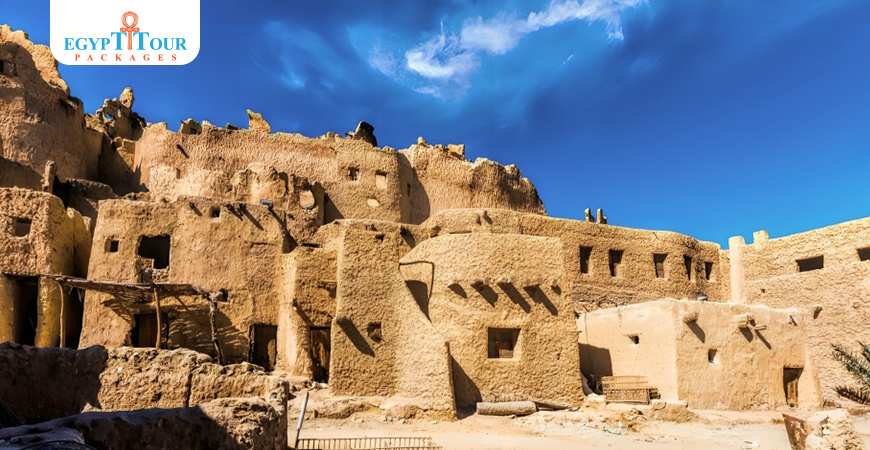
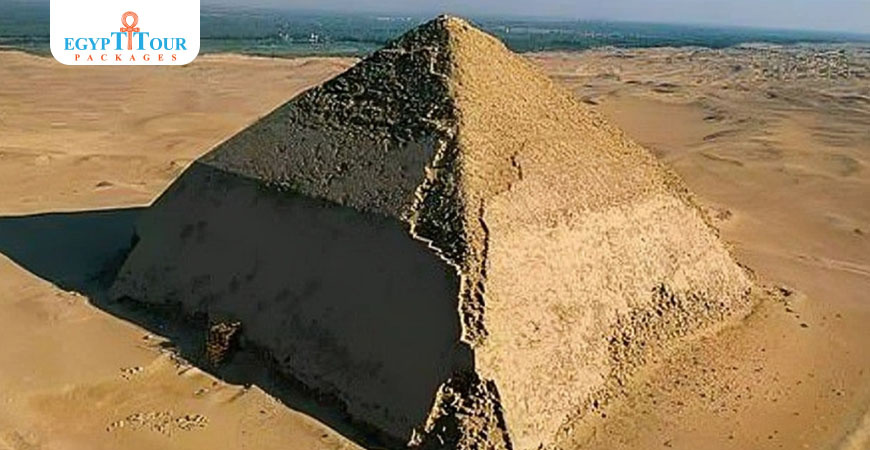
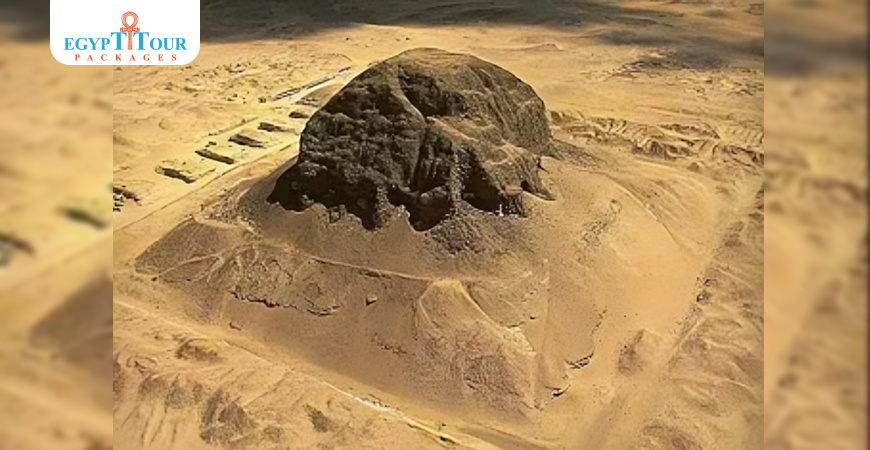
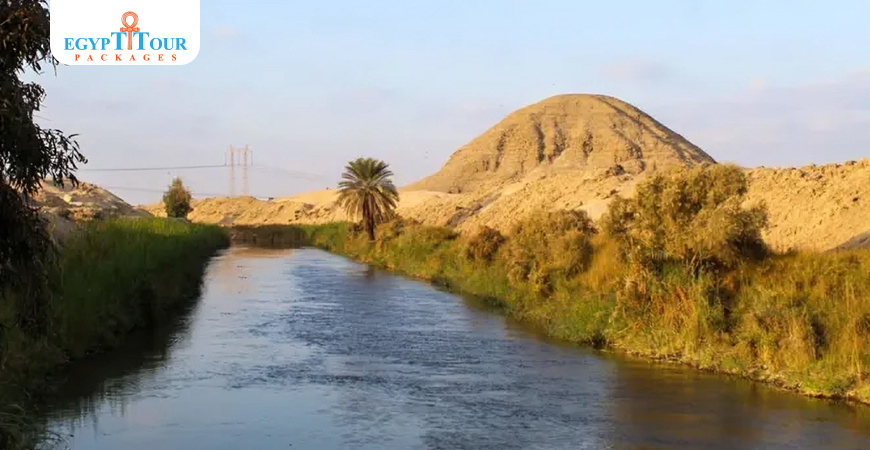















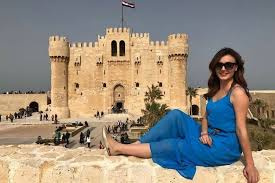

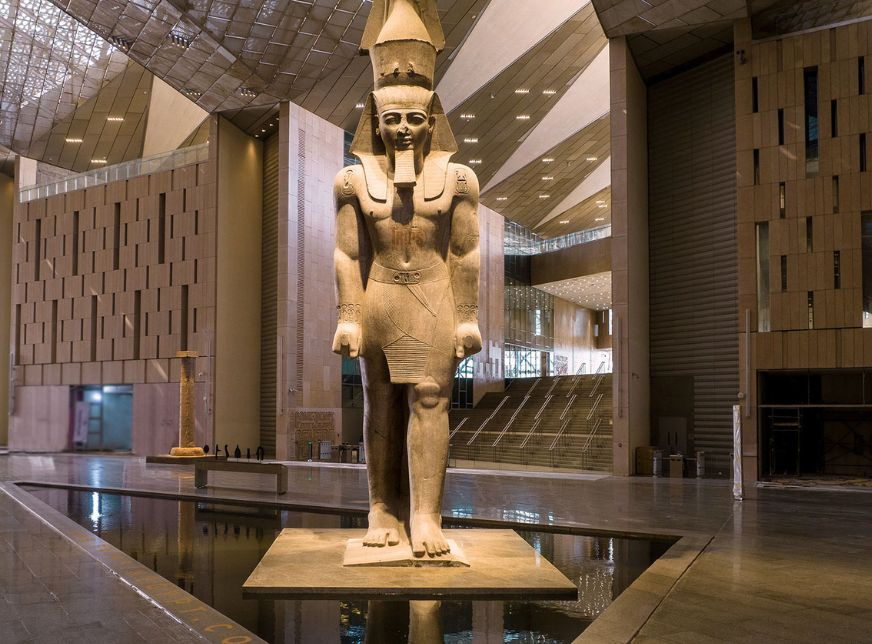


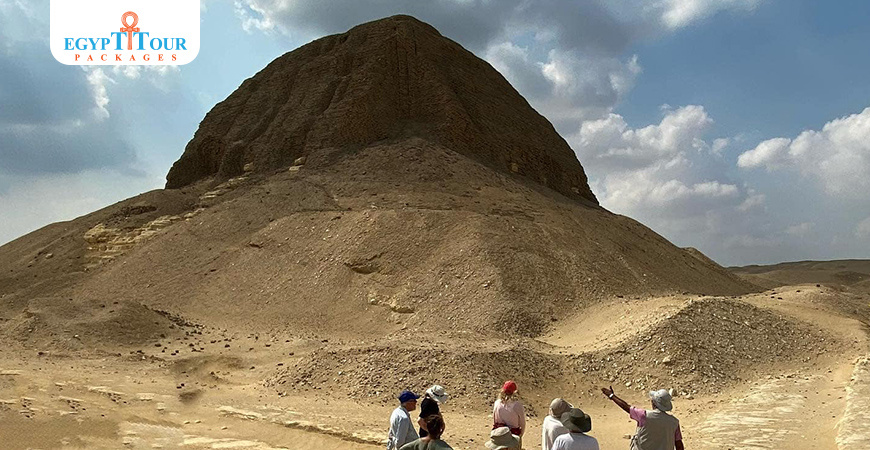

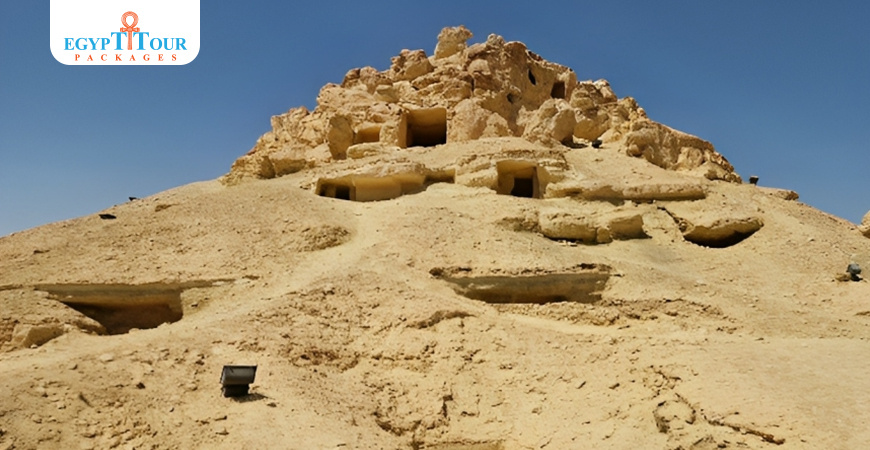


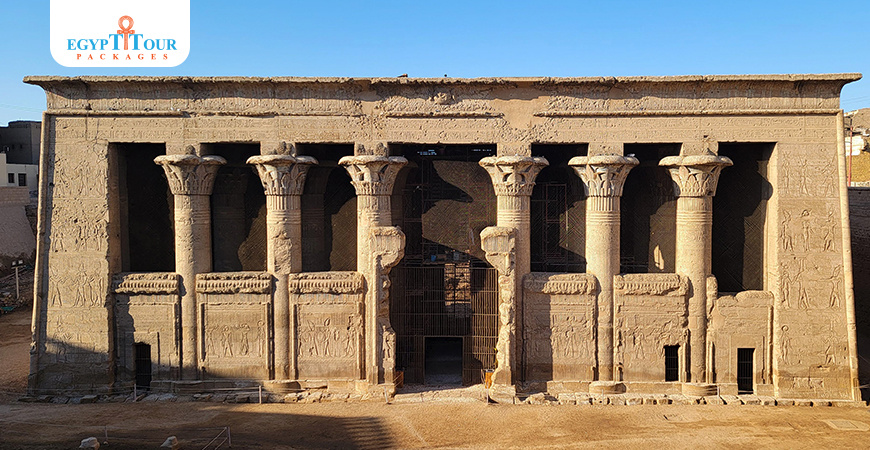


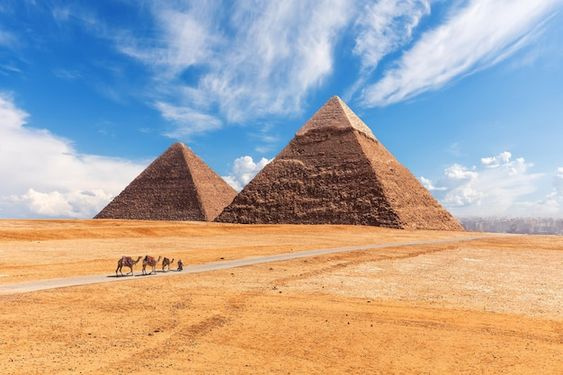



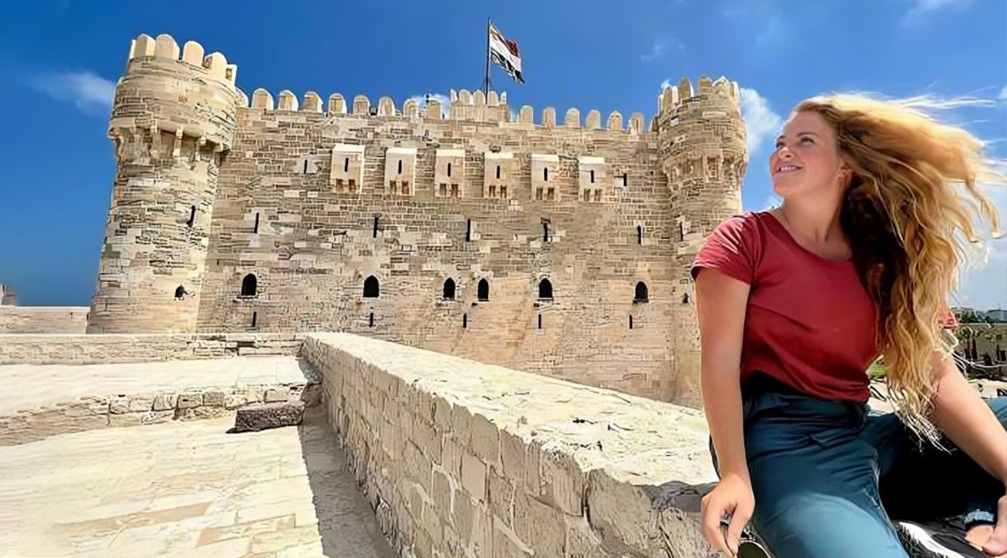
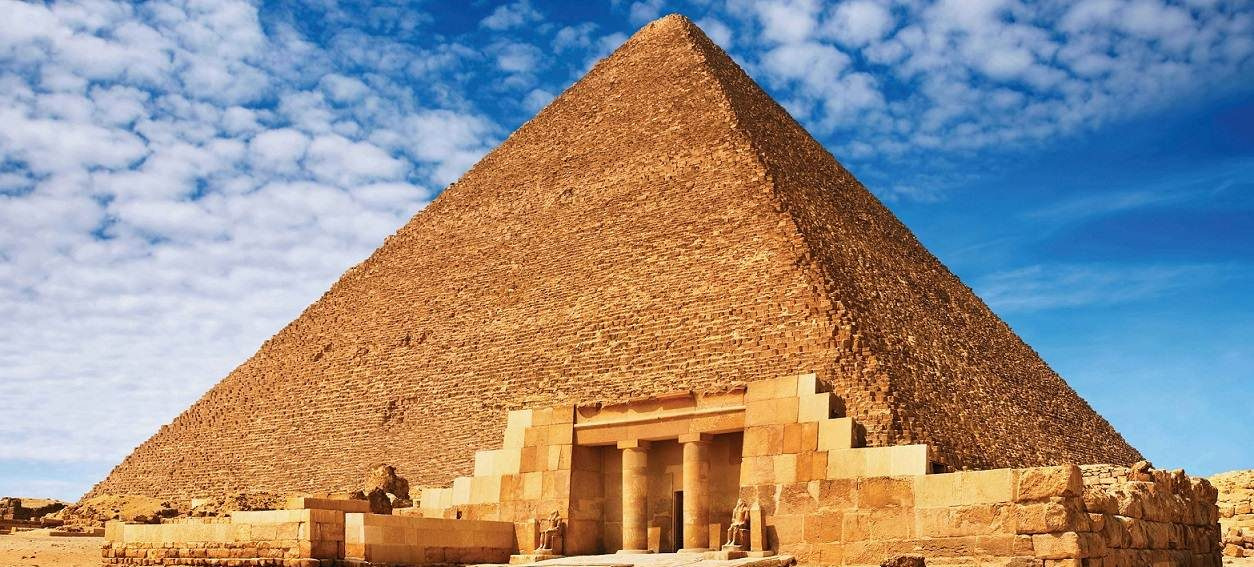
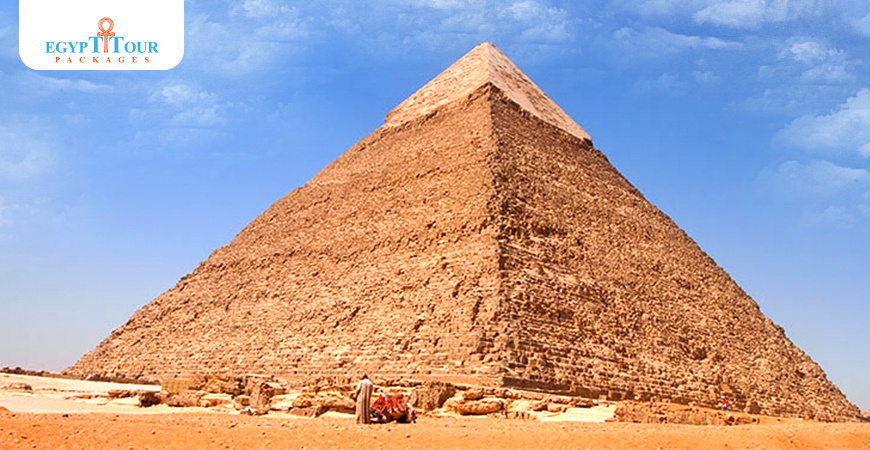
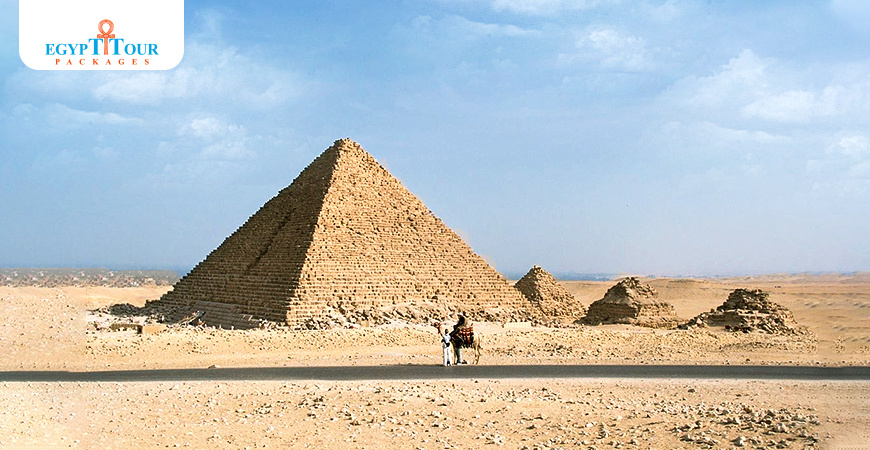

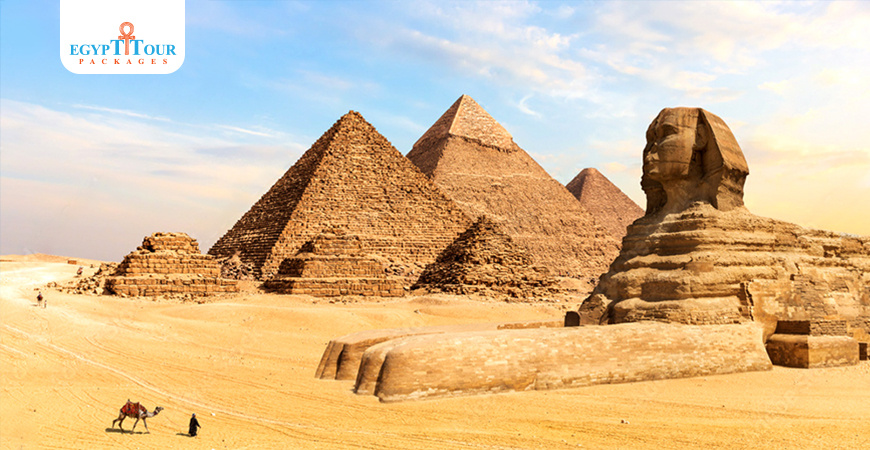

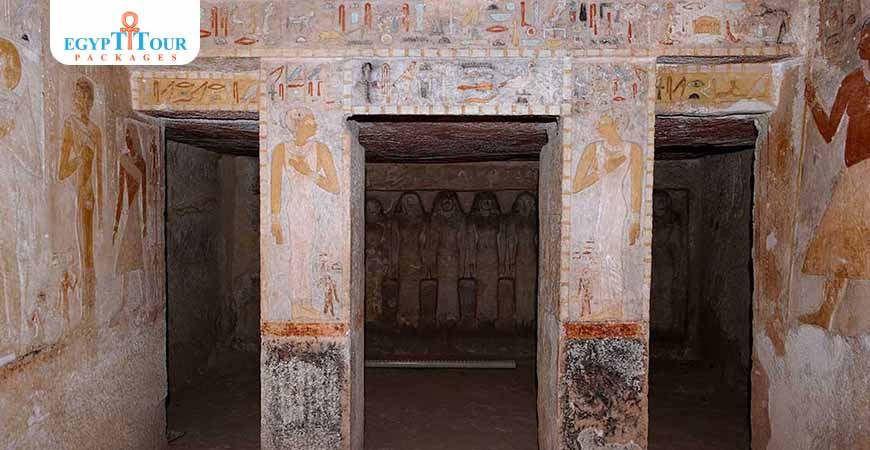
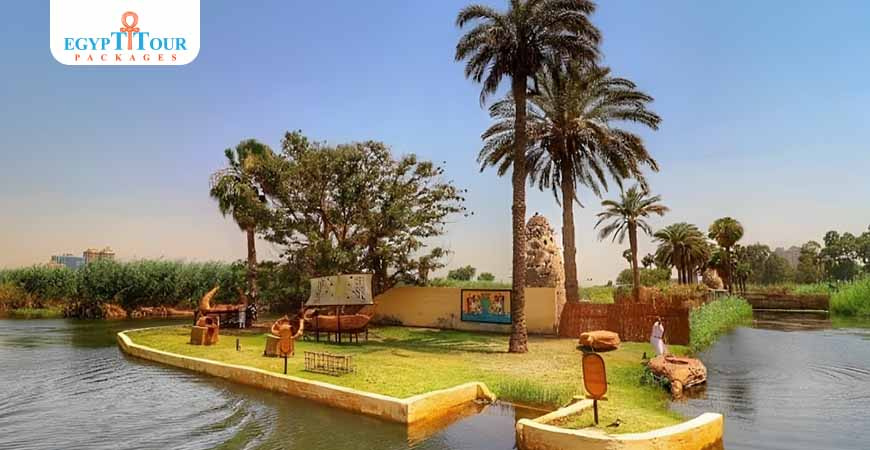

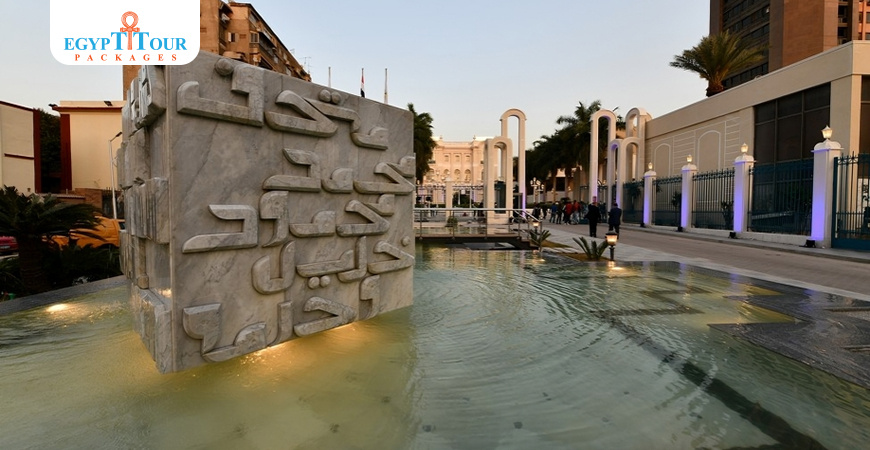

0 Comments